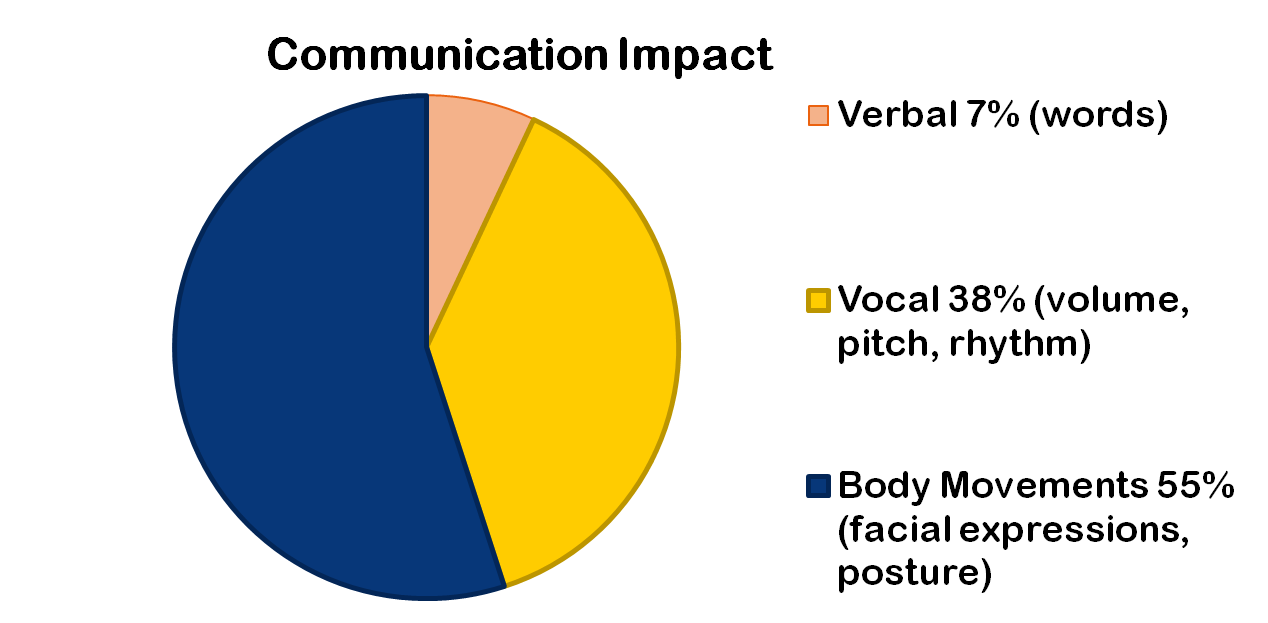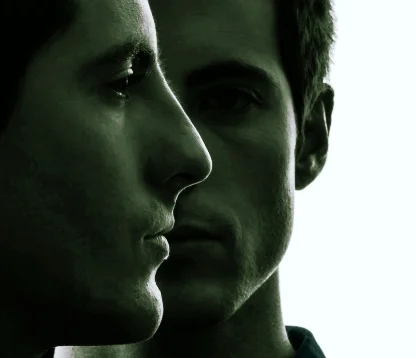Feet & Pool by Photo Artist Juan Coronado
Recently at a pool party that I attended, someone unknown to me, who was sitting in my vicinity said, “I love how animated your eyes are.” I turned, and what I saw in the way of eye contact, told me far more than what the persons spoken words did, regarding what was really being thought. This brush with the eye contact turned out to be an icebreaker for pleasurable and witty communication throughout the rest of the afternoon.
It turned out that this person had worked at Berkeley and now Stanford University in the areas of Global Security. In the context of this work it was mention that accurate and usable communication is vital to security and the success of operations. The conversation then turned to today’s cultural climate, and the difficulty of obtaining and reading the most basic of non-verbal language communication between individuals, be it visually, vocal, or physical, all are exhibiting affects of atrophy. This loss of vital communication tools and skills has meant less ability to decipher deeper levels of interpersonal communication, and they have been replaced sadly with isolating insular social media and texting.
Vintage Photo of Prosperos Students Bob Labansat & Michael Zonta
People don’t gaze into another person’s eyes as if into a "window to the soul" anymore because that would mean they would have to take their face out of their hand-held device screens to acknowledge the existence of another human usually standing right next to them. To have a face to face encounter seems most difficult for many today, especially if the communication had to go beyond just the briefest exchange of words negating a more accurate ability to deduce a person's state of mind or intentions.
As our conversation continued, I noticed, my companion’s quick scans of my body language and that of the other party guess, this information gathered about body lanuage and by looking into the eyes of others, was not just about color of eyes or the shape of the eye but more to do with the eye function in context to the face and the resulting messages being sent-received consciously or unconsciously between people. The eye pupil dilates when one is interested in a person or an object that is being observed.
With a coquettish laugh, I said yes, there is a world of important feelings and thought that are communicated by one’s body, face and especially their eyes. I continued by saying the benefits derived from such perception can give one an appearance of mind reading. I laughed again. My companion turned, smiled and said This type of conscious observation is a lost art not understood by many, nor is it taught to anyone save the military, some branches of government, and high profiled business persons. Yet it is a worthwhile skill for anyone to have, but atlas teachers nor instruction is not readily available. How would you suggest going about teaching something like that, I was asked?
Surprised at the question, I took a sip of my drink and thought about it. These were once active skills that had been developed through social engagements, therefore to reactive them would be liken to physical therapy for an unused muscle. It would need conscious exercise in a social setting to reengage the skills. The developing user would need to be willing to consciously risk engaging in deeper levels of personal interaction within social settings. This could entail a few mistakes and some surprising reactions from others before the skill is perfected and becomes a habit. And finally, keep it playful, think of it as a game, a game in gaining extended perception as an advantage for success
My companion and myself discussing ideas through free association of our thoughts, conceived of a spectrum for eye contact. On the one end of the spectrum would be the person who was the persistent starer, we laughed saying, how creepy that guy would come off, as all sinister or crazy. Persistent eye contact or staring, can make the other person perceive you as intimidating, or persistent, they can feel threatened and defensive or if nothing else uncomfortable.
We contemplated the question of the other end of the spectrum, the person who avoids looking at another person or with fleeting eye contact.? Perhaps caused by the person having feelings of shame when looking at another person brought on by cultural upbringing; Then again it could be brought on by being awkward around someone they like, having eyes turn away trying to reach for something to say, or to find an answer to a question; Not to be forgotten in this category are those people who looks away because of wanting to be dishonest or deceptive. This category of people comes off to the conscious body language reader, as nervous, or insincere, or worse disinterested. Attributes that makes it hard for any person to build associations and or to kindle romance.
Point of View
I do find my eyes drifting from time to time in the best of conversations. If the observer of my action is astute, based on the conversation taking place, they would be able to tell by my eye direction and where I am looking, whether I am possibly thinking or feeling something related to our conversation, or that my attention has been redirected.
A clue to check is the direction someone's eyes are looking, such as a right handed person, if they are thinking, their eyes would look to their left. This is an indication that they're reminiscing or trying to remember something. On the other hand, looking to their right indicates more creative thoughts, and this is often interpreted as a potential that someone may be actively 'creating' a version of events, or is being deceitful in some way. Of course, if someone is left handed, then the direction indicators may be reversed.
Eye contact should be natural when engaging with others, I am told, that people hold eye to eye contact around 70 to 80 percent of the time. The other 20 to 30 percent they are found looking away. And these percentages will change based on whether the person is the speaker or the listener.
If you are new to all of this, and want to begin, begin by not trying to look into both eyes of the other person, holding the proper gaze may be too much at the start, rather focus eye contact on just one of the other persons eyes, and that each time that you re-engage eye contact insure you engage with that same eye.
Natural eye contact has a softly focus on the speaker face. I’m reminded that this soft focus was an evolutionarily wiring that helped our progenitors assess danger when engaging with another tribe, by detecting the speakers intentions and whether that other tribe could be trusted or not. Thus, we see, our eyes have always had a predominant role to play in how we interact with our environment, including the social environment.
So, my conclusions to you are, if you want to be perceived in Business or Socially as someone that is confident, charismatic, trustworthy, or just approachable (all precursors to being popular or successful.) Pay attention to body communication and start with eye contact. Challenge yourself to have some conversation in the day where you engage with another person, face to face. .
In learning to read facial and eye language, it takes the effort to really look into another person’s face, It can be awkward or threatening at first, especially in close physical proximity. A first step that may remedy that, is to do video chats. It will give you practice looking face to face and secondly it could start replacing some of your on-screen texting. After you have gain some comfort with the video chat, decide as you leave your door each day to practice saying Hello, showing a smile and making eye contact with those you past. Finally move on to holding soft eye contact conversation with people you meet, looking for those non-verbal communication exchanges not expressed in words..
Photo Artist Jason Beamguard
You will discover that within a short time of using this practice, that you have developed a deeper connectivity with your physical social network and that you have built closer successful business and social relationships.
Extraordinary Results begin with small changes, Try it and let me know what you think –Calvin




